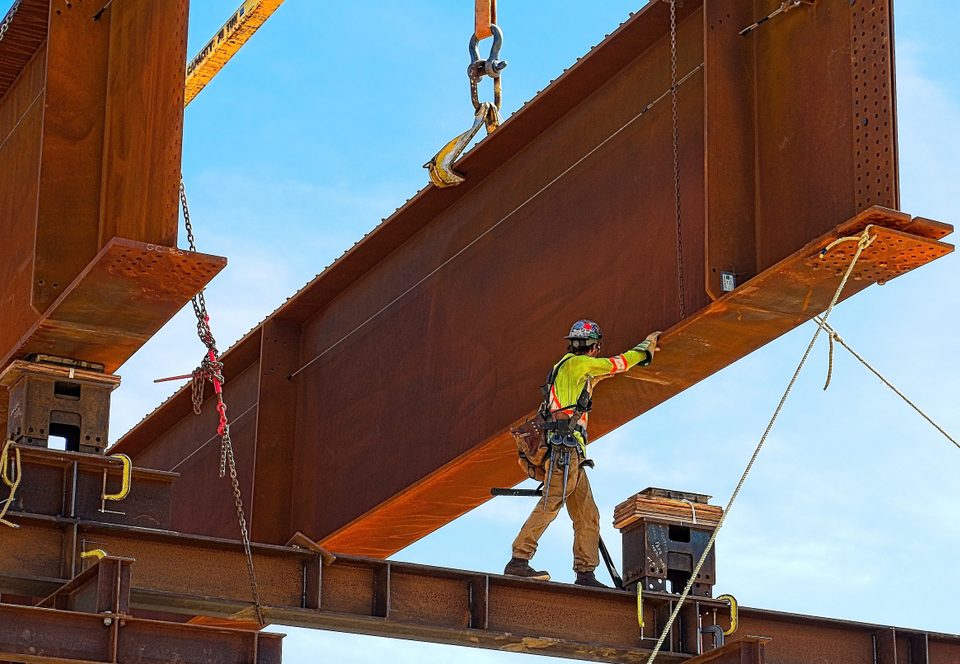Galvalume for Metal Oxidization Protection, Part 1

Understanding the Metal Normalizing Process, Part 2
February 7, 2019
Galvalume for Metal Oxidization Protection, Part 2
February 21, 2019For many steel and other metal projects, one of the most important considerations is protecting the material from oxidization, which can lead to corrosion and other issues. And often, a process known as galvanizing is used to achieve this protection.
At Wasatch Steel, our steel services include helping you determine the right processes for any of our steel tube, plate, pipe or other materials. And while galvanizing is often the right process to use to protect your steel from oxidization, another option here is using a material known as Galvalume. What is this product, and how can it help in this area compared to galvanizing? Let’s take a look across this two-part blog series.
Galvalume Basics and Purpose
Similar to galvanizing in some ways, Galvalume is a coating made up of zinc, aluminum and silicon. It can be used on several different metals to stop them from oxidizing, but its most common application is on steel. It accomplishes protection by “sacrificing” the metal coating being applied, which keeps the base metal adequately protected.
For all iron-based alloys that may rust, this protection is vital. Galvalume-coated steel resists oxidization at far higher levels than plain carbon steel, with zinc that oxidizes far more easily than the steel it’s helping protect.
Galvalume Thickness
Galvalume is applied using what’s known as the hot-dipping process, meaning it will have a similar thickness to any hot-dipped galvanized material also – around 1 millimeter thick in most cases. This can change based on specific coating needs. We’ll get into the differences between Galvalume and galvanizing below, but one basic fact in terms of thickness: If the two materials are identical in thickness, the Galvalume option will generally outlast the galvanized one.
Galvalume Versus Galvanizing
The primary difference between these two processes is that galvanization uses only zinc to protect metal, while Galvalume also includes aluminum and silicon. Aluminum and zinc each make up just under 50 percent of Galvalume, while silicon is only found in trace amounts.
This gives way to a slightly different final product, one that’s generally a bit better-protected than galvanizing can offer. Galvalume performs better over time, particularly during exposure to moisture that would normally speed up oxidization. Galvalume is known to last decades without rusting, and will generally rust far later than similar galvanized options.
Galvalume is also considered the more aesthetically beneficial product – it doesn’t appear quite as rough as galvanized metal. On the flip side, it’s possible that Galvalume processes will cost more than galvanizing, as they’re generally a bit more effective and desirable, plus include more materials than just zinc.
For more on Galvalume and galvanizing metal, or to learn about any of our steel services or buy steel online, speak to the pros at Wasatch Steel today.



